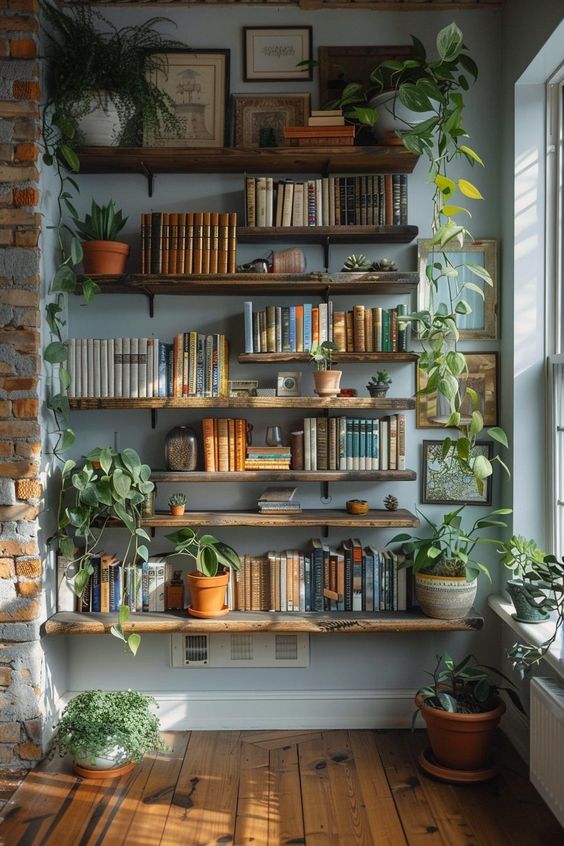Subtotal: $340

Maximizing Multi-Utility Spaces in a Flat: Interior Design Tips for Modern Living
In today’s urban environment, space is a luxury. With flats and apartments becoming more compact, there’s an increasing need for multifunctional spaces that serve more than one purpose. Whether you're living in a studio or a larger flat, creating multi-utility spaces is key to getting the most out of your home. This blog will focus on interior design strategies to help you design versatile, functional spaces that maximize every square inch of your flat.
1. Open-Concept Layouts: The Foundation of Multi-Utility Design
An open-concept layout is one of the most effective ways to create a multi-utility space. By removing barriers like walls or large partitions, you can combine different functional zones—such as a living room, dining area, and home office—into one seamless area. Open layouts allow for flexibility, making it easier to adapt your space based on your changing needs.
Furniture arrangement plays a crucial role here. Use modular furniture to divide your space without the need for walls. For example, a well-placed sofa can create a visual boundary between your living room and dining area, while still allowing fluid movement throughout the space.
2. Smart Furniture Choices for Multi-Functional Spaces
Furniture is the backbone of any multi-utility design. The key is to invest in pieces that can perform multiple roles. For instance, a sofa bed can transform your living room into a guest room when needed, while a foldable dining table can double as a work desk.
Murphy beds, which can be folded into the wall, are an excellent option for small flats, especially studio apartments. Another clever solution is to use furniture with hidden storage, like ottomans or benches, that can store items and also serve as seating.
3. Maximizing Vertical Space
When floor space is limited, vertical space becomes your best friend. Install shelves, cabinets, and hooks on your walls to free up floor space while keeping your home organized. Tall bookcases or storage units can hold everything from books and decor to kitchen supplies.
Using multi-functional wall systems, like a pegboard or magnetic board, is another smart way to keep your items within easy reach. This can work particularly well in home offices or kitchens where functionality and organization are crucial.
4. Zoning with Lighting and Rugs
Creating distinct zones within a multi-utility space can be easily achieved through strategic lighting and the use of rugs. Pendant lights over a dining table, for instance, can highlight that area as a dedicated eating space, while a standing lamp by the sofa can create a cozy reading nook.
Rugs are another fantastic way to define different areas in a room. A large rug under the coffee table can anchor the living space, while a different textured rug can mark the dining area or workspace.
5. Color Schemes and Décor for Versatile Spaces
A cohesive color scheme helps tie together multi-utility spaces and gives a unified look to areas serving multiple purposes. Neutral tones like whites, greys, or soft beiges create a clean, adaptable backdrop that can easily transition between different uses.
However, don’t shy away from using accent colors or decorative pieces to add personality and highlight specific zones. A vibrant painting or statement furniture piece can act as a focal point, differentiating one part of the room from another.
6. Incorporating Flexible Partitions
While open-concept living is popular, there may be times when you want more privacy or separation between spaces. That’s where flexible partitions come in handy. Sliding doors, foldable screens, or even lightweight curtains can act as temporary dividers that offer privacy when needed but can be easily moved or removed.
Glass partitions are an excellent option for maintaining an open feel while still providing a visual barrier between spaces. This is particularly useful in small flats where preserving natural light is essential.
Conclusion
Designing multi-utility spaces in a flat is about maximizing functionality without sacrificing style. Through smart furniture choices, open layouts, vertical storage, and creative zoning techniques, you can transform even the smallest flat into a versatile, efficient, and beautiful living space.
Incorporating these interior design tips not only enhances your quality of life but also increases the value of your home by making it adaptable to modern living needs. Embrace the challenge of compact living by creating a space that works for you—every day and in every way.
Note: Images used in this blog are sourced from Google.

 Velvet Teal Blue
Velvet Teal Blue





